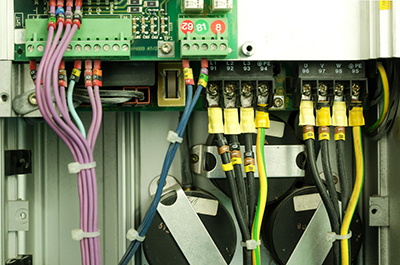Contents
Electronic Speed Controller: Features
As you may be aware, an automatic Electronic Speed Controller does control the speeds at which motors spin. It ensures that the motors rotate at the desired speeds from the beginning to the end. Without them, motors might spin uncontrollably, an aspect that may end up damaging the entire system. But what are some of the features of electronic speed control?
Electronic speed control has three sets of wires worth noting. All these three sets of cables play essential roles in ensuring the proper functioning of the speed controller. One wire plugs into the main battery, especially that of an airplane. The second wire has a standard servo wire that plugs into the throttle channel of the receiver. Lastly, there’s a third wire whose function is to power the motor.
Besides the three wires, some of the main features that you can find in an electronic speed control include:
1. A low voltage cutoff
2. A battery eliminator circuit
3. Brake
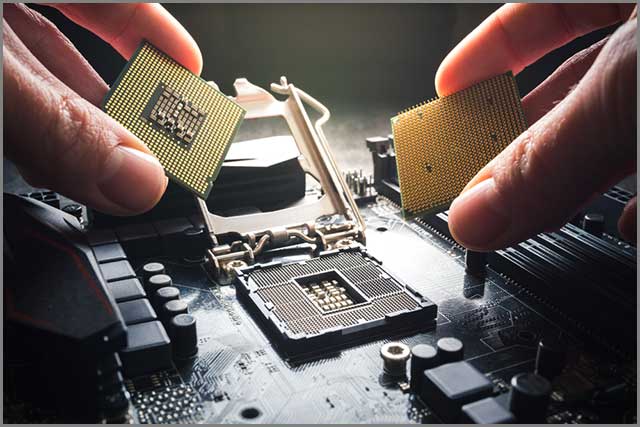
Components of an electronic speed controller
Several components go into the manufacture of the electronic speed controller. As you may know, a printed circuit is an essential one of the components here. All other components in the printed circuit board, mounting the electronic governor to achieve the desired functionality. Without a printed circuit board, then we will not have electronic speed control equipment in place. Besides the printed circuit board, other essential components include the following:
1. Positive (+) LIPO connection
2. Negative (-) LIPO connection
3. Solder pads for three BLDC motor phases
4. Servo signal or the input meant for the PWM signal.
5. GND reference for the PWM signal
6. Solder jumper meant for varying the type of the PWM input signal State LED.
7. Solder jumper meant for changing or altering the direction of rotation.
All the above are essential components of electronic speed control. However, it would help if you remembered that a printed circuit board comes first. Without a doubt, a printed circuit board must be present for electronic speed control to function. It is one of the most important components here, besides the rest.
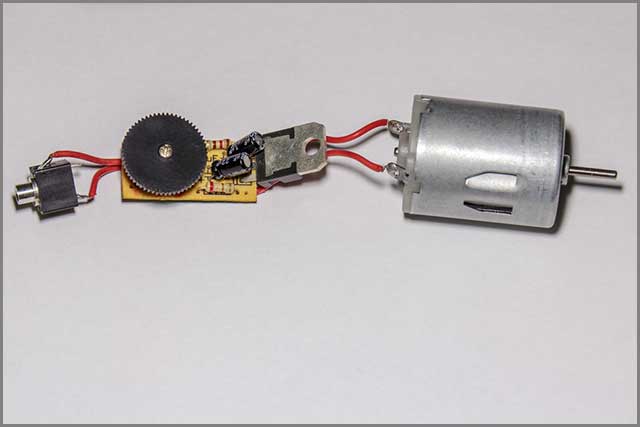
Types of Electronic Speed Controller
Based on some specific requirements, there are two main types of electronic speed controllers.
i.Brushed electronic speed controller
The first is a brushed electronic speed controller. A brushed electronic speed controller tends to run itself mechanically, provided that there’s some voltage application. Brushed electronic speed controllers aren’t new as such, having been around for quite some time now. They are very cheap to use in several ready to run electric and RC vehicles.
ii.Brushless electronic speed controllers
Besides brushed electronic speed controllers, there are brushless electronic speed controllers also. Brushless electronic speed controllers are the modern advancement in technology regarding matters to do with electronic speed controls. While they tend to be costly compared to brushed electronic speed controllers, they carry a lot of power and offer higher performance compared to brushed ones.
Something ideal about brushless electronic speed controllers is that they are durable, lasting for a very long period before repairing or replacing them.
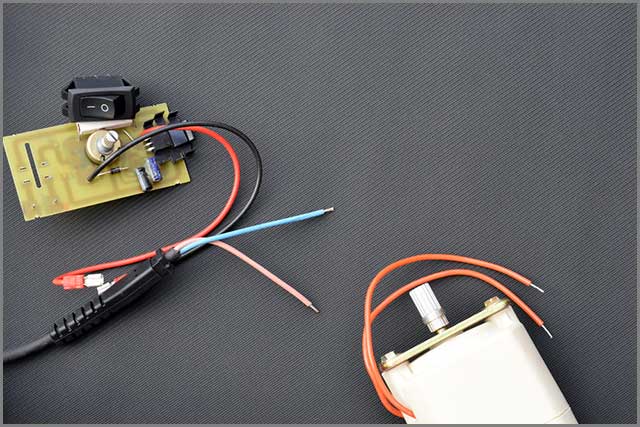
How Electronic Governor Circuits Work
Generally, the initial ESC is an abbreviation, meaning “electronic speed controller.” But contractions aside, electronic speed control’s primary function is to change the amount of power going to the electric motor from the battery. All this depends on the position of the throttle lever. We can use variable resistors in cars and remote control boats. All these aren’t highly practical when it comes to power control.
Current speed controllers that we have around work slightly differently than the ones we used before. For instance, they differ the power to the motor by quickly switching the power ON and OFF. Here, mostly, the MOSFET transistor gets used as a switch as opposed to a mechanical device. The amount at which it’s switched is close to 2000 times a second.
Therefore, the power that goes to the motor is somewhat diverse by changing ON time against the OFF time in a specified cycle. Put, when you switch the MOSFET ON, immediately, the current rises as the magnetic field in the windings of the motor tend to increase. On the other hand, when you get to switch the MOSFET OFF, the magnetic energy stored in the windings gets absorbed by the electronic speed controller.
If you happen to cable a diode across the motor, then you will return the energy into the engine, but now, in the form of current.
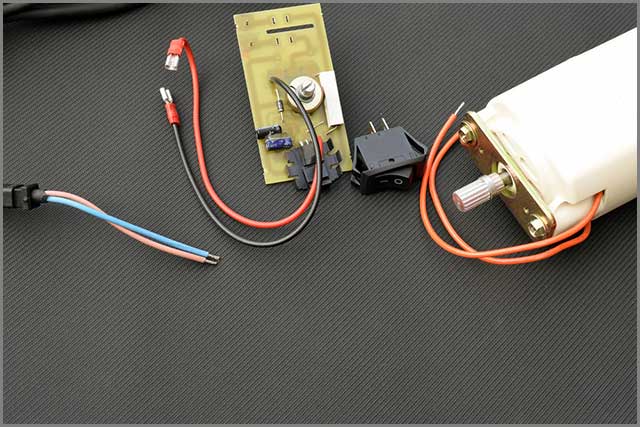
Selecting the Right Electronic Speed Controller
Many people who depend on motor controllers appear confused, especially when choosing the right ESC. So, how do you go about selecting the best ESC? It’s simple than you may think. The number one priority to keep at the back of your mind is to ensure that you match your Electronic Speed Control to the type of motor you intend to use.
If you want everything to go well, make sure that you purchase the correct ESC for the exact motor you have: used brushed ESC for brushed motors and brushless ESC for the brushless motor. It’s easy to tell the difference between the two. Usually, brushed motors have two wires, while brushless motors will have three wires.
It is also highly advisable to ensure that your speed controller’s motor drive can handle the power needed by the motor, especially under maximum loads. Utilizing a drive with the capabilities of delivering what your motor may require in every circumstance with no excessive stress will see you save a lot on maintenance costs.
You also need to ensure that the electronic speed controller you choose can operate effectively with the power source you carry. If you find that the ESC cannot function properly from the power supply you have, you may have to look for another one.
Lastly, you need to shop for an electronic speed controller with the ability to withstand the environmental conditions upon which it will be operating. If you intend to mount it outdoors, it should withstand severe environmental conditions such as humidity or high temperatures.
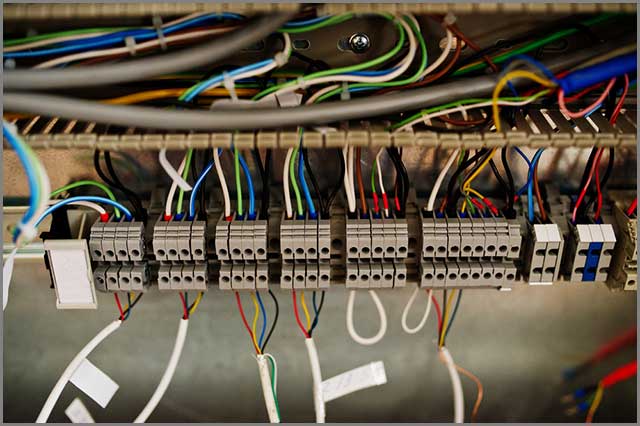
Applications of Electronic Speed Controller
The electronic speed controller finds heavy use in plenty of fields worth noting. Of importance to note, though, electronic speed control systems are often available for vehicles and remote control applications. They are used to change the speeds of electronic motors in the following:
1. Electric cars
2. Electric aircraft
3. Electric bicycles
4. Cars
5. Helicopters
6. Boats
7. ESC firmware
8. Quadcopters
9. Aeroplanes
The above is not all, but significant areas where ESC finds a lot of use. Don’t forget that there must be a printed circuit board in all the above applications. Without printed circuit boards, electronic speed control fitted in the high application areas wouldn’t produce the desired results.
Conclusion
An Electronic Speed Controller (ESC) is an electronic circuit used to alter or change electric motors’ speeds. Without them, the engines could spin slowly, affecting productivity or too fast to the extent of damaging essential parts of an automobile.
All electronic speed controllers contain PCBs in them. PCBs are the heart of these motors. Are you on the lookout for the best PCBs where to mount components of your ESC? If so, we at WellPCB can assist. We have the best high-quality boards for your ESC.
For more than a decade, we at WellPCB have supplied ESC manufacturers with the best boards to use on their ESC. Do you have an upcoming ESC project that requires some of the best PCBs? Call us today for a free quote and see how we can assist you.
